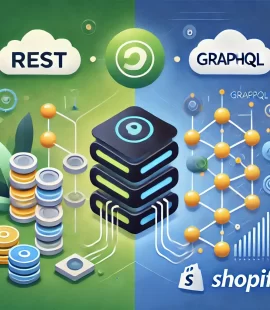Electronic Data Interchange (EDI) enhances communication between suppliers, retailers, and third-party logistics providers (3PLs), ensuring seamless order fulfillment and inventory management. When a retailer places an order (EDI 850), the supplier forwards it to the 3PL for processing. The 3PL then sends an advance shipping notice (EDI 856) to the retailer before shipment. To initiate fulfillment, the supplier issues a warehouse shipping order (EDI 940), and once the 3PL ships the order, they confirm the details via warehouse shipping advice (EDI 945). Real-time inventory updates (EDI 846) help suppliers maintain accurate stock levels, while invoices (EDI 810) automate billing. By integrating EDI, businesses improve efficiency, accuracy, and transparency in supply chain operations.… Read More





